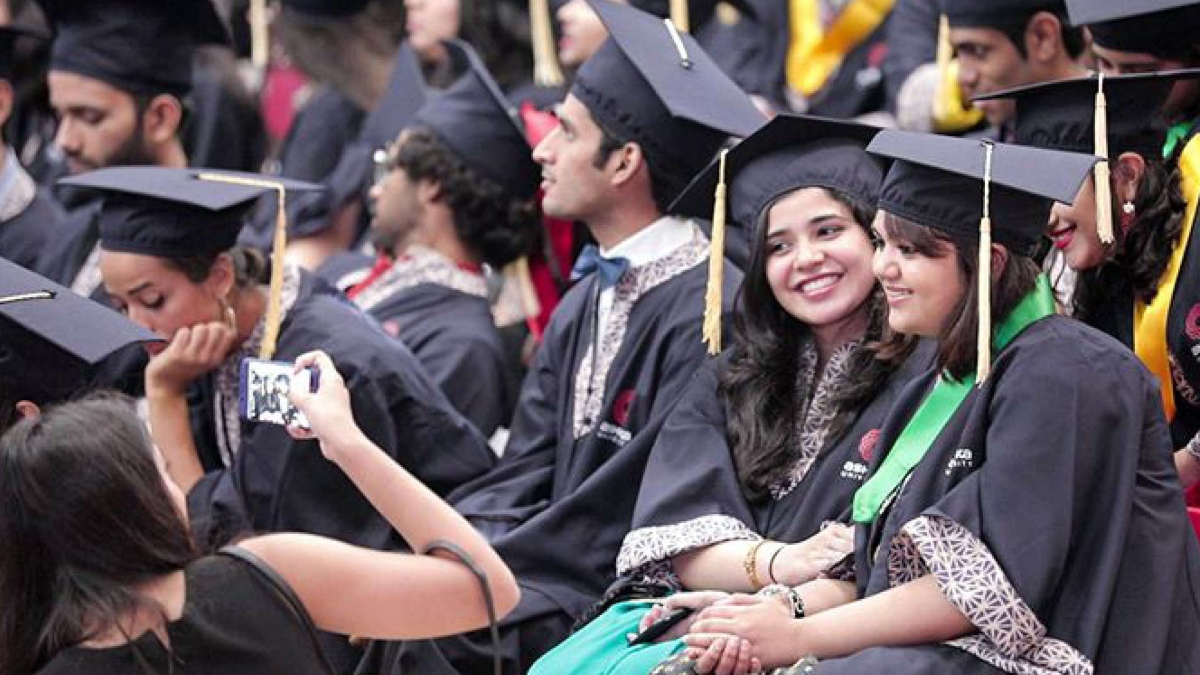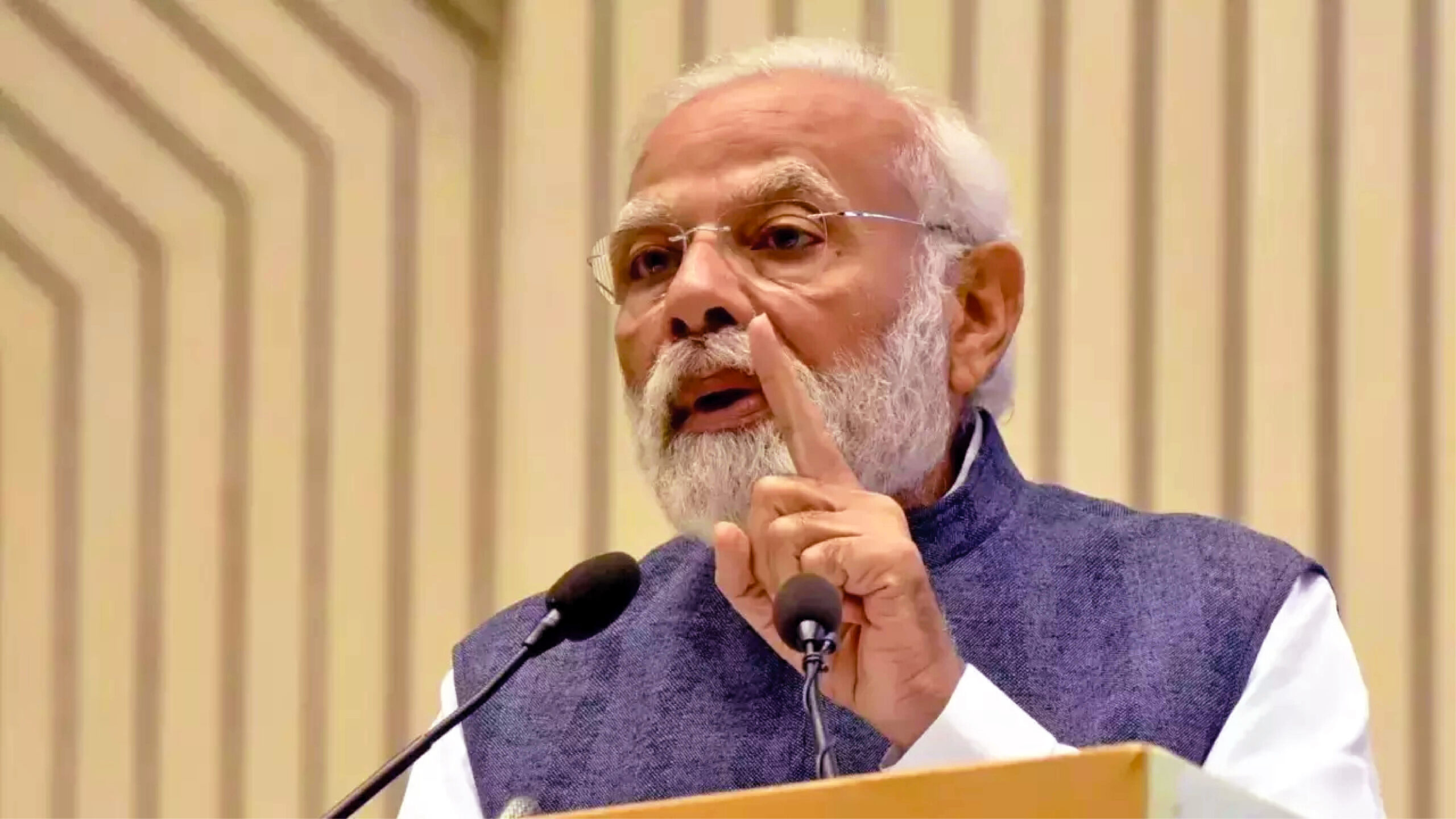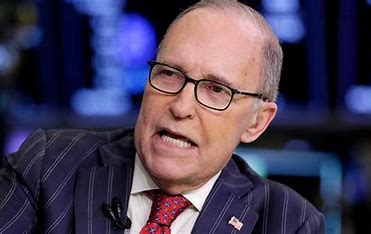
The first attempt to lay down the foundation of modern Indian higher education was made in 1781 by the people of Calcutta when they petitioned Governor General Warren Hastings to establish institutions of higher learning. He paid no heed to their appeal for a long time. British did not want to repeat the same folly which they had committed in America by establishing educational institutions and losing control over its territory.
After what seemed like a long wait of thirty-six years, Raja Rammohan Roy formed an association and founded the Hindu College at Calcutta on 20 January 1817. This was the outcome of an altruistic desire of the people of Calcutta to improve human welfare. Soon after that, in the same year, the CMS College, Kottayam was established by the Church Missionary Society of England. There is a little controversy about the year of establishment of CMS College as some still believe that it is the oldest existing college, two years older than the Hindu College.
The philanthropic endeavour of these two groups caught the imagination of the people of the country, resulting in some more colleges in the later part of the nineteenth century. Prominent amongst them are Serampore College (1818), Agra College (1823), Wilson College, Bombay (1832), Medical College, Calcutta (1835), Grant Medical College, Bombay (1835), St. Joseph’s College, Tiruchirappalli (1844), Krishnagar Government College, Nadia (1846), Thomason College of Civil Engineering (1847), Elphinstone College Bombay (1856), Brennen College, Thalassery (1862), Christ Church College, Kanpur (1866), St. Xavier’s College, Bombay (1869), St. Stephen’s College, Delhi (1881), Fergusson College, Pune (1885), Khalsa College, Amritsar (1892), Hindu College, Delhi (1899), Cotton College, Guwahati (1901), Ramjas College (1904), St. Bede’s College, Shimla (1904), etc. All these colleges were established by arduous efforts of social reformers, philanthropists and missionaries as the government was not keen to spend on the education of Indian citizens.
The first wave of expansion of colleges in the country was mostly due to private enterprises. The scope of higher education widened a little with the arrival of Wood’s Despatch of 1854 in which he made the recommendation of establishing three universities in the country on the model of University of London. The main function of these three universities, that were established in 1857 in the cities of Calcutta, Bombay and Madras, was visualized to confer only degrees after testing the value of education imparted not on their campuses but through different colleges.
Subsequently, some more universities were established through the efforts of luminaries like Pandit Madan Mohan Malviya, Sir Akbar Hydari, Sir Syed Ahmed, Thakur Rabindranath Tagore, Raja Sir Annamalai Chettiar, Sir Hari Singh Gaur, Pratap Singh Gaekwad, Krishnaraja Wodeyar, to name a few. In fact, higher education in India owes a great debt to private initiatives undertaken by people and societies of variegated backgrounds including social reformers like Ishwar Chandra Vidyasagar, Pachayappa Mudaliar and societies like the Deccan Education Society and the Arya Samaj. It was their selfless service to the society with no profit motive. Ironically, the spirit of that selflessness amongst most of the present set of educational entrepreneurs is incredibly lacking.
Most of the institutions during the pre-independence period were established with the help of generous donations from private individuals and princely states. Over the years, they found it difficult to support their programs due to growing enrollment and lower rates of internal recoveries leading to depletion of resources. There were only 21 universities at the time of independence and of them, 9 were teaching universities and all others were teaching-cum-affiliating. There were about 500 colleges that were affiliated with these universities. All of them gradually turned into grant-in-aid institutions.
There has been a steady increase in the number of universities during the post-independent period. However, it remained confined only to the public sector because there was no legislative framework available for the establishment of private universities. The era of liberalisation put an intense pressure on the state governments to open up the sector for private service providers as the public system was not in a position to fulfil the aspirations of swelling the middle class population. Thus, a beginning was made by the states of Madhya Pradesh and Sikkim in 1995 when they enacted legislations for the establishment of private universities and set up one university each. Thereafter, the government of Chhattisgarh went overboard in this direction and established as many as 112 private universities within a short span of one year, in 2002. The government of Chhattisgarh enacted the law in a manner that had completely done away with any kind of control of the Regulators (UGC) over these private universities. It compelled the former Chairman of the UGC, Prof. Yashpal, to file a Public Interest Litigation (PIL) in the Supreme Court against the government of Chhattisgarh and others, which resulted into complete shutdown of those universities in 2005.
After the severe jolt in Chhattisgarh case, the private entrepreneurs resorted to an alternate option, of becoming a deemed to be university. Consequently, the number of deemed to be universities shot up exponentially from 72 to 128 within a short span of four years from 2005 to 2009. Such a sudden spike in the number of deemed to be universities sent an alarm bell ringing in certain quarters compelling the UGC to replace its guidelines with the rigorous Regulations in 2010, to frustrate the proliferation of sub-standard institutions as deemed to be universities.
As soon as the private entrepreneurs realised the complexity of establishing a deemed to be university, they reverted to their earlier strategy of approaching the state governments to enact legislations for the establishment of private universities. More and more state legislatures enacted the laws resulting in an exponential rise in the number of private universities from 69 to 372 within a period of eleven years from 2009 to 2020. As of now, there are twenty-five states which have already enacted legislation for the establishment of private universities. The largest number of private universities are in the state of Rajasthan (52) followed by Gujarat (43), Madhya Pradesh (39), Uttar Pradesh (29), Haryana (24), Karnataka (19), Maharashtra & Uttarakhand (18 each), Himachal Pradesh (17), Jharkhand & Punjab (15 each) and Chhattisgarh (12), while in others it is in single digit.
It is important to recognize the trend in the growth of private universities and their massive proliferation in just thirteen states. The issue of only a few states with maximum concentration of private universities of unacceptable standards is a matter of great concern. It is extremely concerning that nearly 43% of them have not yet cared for UGC’s mandatory inspection. An equally worrying aspect is the quality of their programmes as is evident from their abysmally poor show of accreditation. The latest data from the National Assessment and Accreditation Council (NAAC) reveal that out of 372 private universities only 55 have got themselves accredited thus far. And, what is even worse is that none of them has been able to make the cut to the top grade (A++). Just 3 of them could barely make it to grade A+ and 13 to grade A. Most of these universities are offering run of the mill programs without qualified faculty and proper infrastructure that are necessarily required for proper transmission, certification and creation of new knowledge. Obviously, these developments are unacceptable, and beyond that, extremely disturbing.
Private sector can surely play a significant role in realising the goal of expansion, equity and excellence as envisaged in the National Education Policy (NEP) 2020, provided it makes right kind of investment in areas like curriculum reforms, recruitment of qualified and competent faculty, professional development, classroom processes, students’ assessment, research and development. In addition, they should make the best use of the existing regulatory, ranking and accreditation mechanisms for quality enhancement rather than considering them as infringement of their academic freedom. These reforms should no longer remain in the form of an idea but become a reality. They better learn fast that only then they would be able to survive in this fiercely competitive world.
It may be pertinent to mention that there are over hundred institutions deemed to be universities that are in the private sector. Somehow, they seem to be doing much better than the state private universities as is evident from their NAAC accreditation and NIRF ranking. It is evidently clear that the overall situation of the state private universities is far from satisfactory. It urgently requires both programmatic approach and curricular reforms on a significant scale to give a much-needed boost to the private sector. There is a need to evolve pan-India norms in terms of land and infrastructure requirements to minimise wide variations that exist across the states. Each state should have its own regulatory authority which should monitor and evaluate the programs of the state private universities on a continuous basis and ensure their timely accreditation. UGC on its part should also make necessary amendments in its private university regulations and provide in it for a periodic review as is caused in the case of deemed to be universities.
The growing generation of private entrepreneurs should also draw inspiration from former reformers and philanthropists who had provided high quality higher education to the country with much lesser resources. It is true that the current challenges are far more difficult than the earlier ones but principles of exemplary dedication for selfless service, consistency and unyielding commitment to empowering youth can still be as much contributing factors for excellence in teaching and learning as for the advancement of knowledge.
Most of these entrepreneurs need to change this impression that there is no sense of urgency for them to fulfil even the mandatory requirements of the regulators and accreditors. If they continue with this lackadaisical approach even towards basic reforms that have been there for long then they are going to meet the same fate as the second-rate engineering institutions. They will have to go far beyond questions of convenience to provide real-life practical experience to students by modernising and transacting curricular provisions under the watchful eye of qualified and competent faculty.
The writer is former chairman, UGC. The views expressed are personal.















